For immediate release:
January 13, 2021
Contacts:
Susan Jane Brown, Western Environmental Law Center, 503-914-1323, brown@westernlaw.org
Tom Wheeler, EPIC, 206 356 8689, tom@wildcalifornia.org
Bethany Cotton, Cascadia Wildlands, 503-327-4923, Bethany@cascwild.org
Today, with six days remaining in the Trump administration, the U.S. Fish and Wildlife Service published a final rule eliminating 3.4 million acres of critical habitat for the northern spotted owl in Washington state, Oregon, and California. This decision comes one month after the Service announced that the species should be uplisted from threatened to endangered, but the agency is too busy to provide these desperately needed protections. The elimination of 42% of the endangered species’ critical habitat would likely result in extinction for the northern spotted owl in the U.S. This final rule results from a sweetheart settlement between the Trump administration and the timber industry.
“On one hand, you have biologists acknowledging that northern spotted owls are extremely close to extinction and more must be done to prevent the extinction of the species,” said Susan Jane Brown, attorney at the Western Environmental Law Center. “On the other, you have the Trump administration catering to the demands of an out-of-touch timber industry. Placing commercial interests ahead of the continued existence of this iconic species is shameful, and thankfully, not permitted by the Endangered Species Act.”
Today’s final rule adds insult to injury by brazenly defying the Endangered Species Act to facilitate enormously expanded logging in northern spotted owl critical habitat, in particular on the entirety of Oregon and California Railroad Revested Lands, known as the O&C Lands, comprising 2.4 million acres. WELC and our partners will challenge this final rule in court to prevent the near-assured extinction of the northern spotted owl.
“Here in southern Oregon this is a death sentence for owls,” said George Sexton, conservation director for Klamath-Siskiyou Wildlands Center. “This decision is intended to speed the clearcutting of the last remaining fragments of old-growth forests on Bureau of Land Management public lands.”
“The Trump administration claimed in December it was too busy to reclassify the owl as endangered. Today, it voluntarily removed millions of acres of critical habitat as a last-gasp gift to the timber industry,” said Tom Wheeler, executive director of EPIC. “This brazen hypocrisy would be staggering, if we hadn’t gotten used to it over the past four years of the Trump administration.”
“The Fish and Wildlife Service is charged with recovering imperiled species like the declining northern spotted owl, not with prioritizing private timber interests,” said Bethany Cotton, conservation director for Cascadia Wildlands. “We must return to following the law and the science if we are to prevent the extinction of iconic wildlife like the owl.”
General background:
Timber harvesting in the Northwest has resulted in a widespread loss of spotted owl habitat across its range, which was a main reason for prompting the listing of the species in 1990. Owls depend on habitat provided by the dense canopy of mature and old-growth forests; unfortunately, those forests are still a target for logging throughout the bird’s historic range. The northern spotted owl is already functionally extinct in its northernmost range, with only one recognized breeding pair left in British Columbia.
In response to a court order, in 1990 the Service listed the northern spotted owl as threatened, citing low and declining populations, limited and declining habitat, competition from barred owls, and other factors in the bird’s plight. Even after its listing, northern spotted owl populations have declined by 70%, and the rate of decline has increased.
Additional background from the Service (source):
“Habitat loss was the primary factor leading to the listing of the northern spotted owl as a threatened species, and it continues to be a stressor on the subspecies due to the lag effects of past habitat loss, continued timber harvest, wildfire, and a minor amount from insect and forest disease outbreaks.”
“On non-Federal lands, State regulatory mechanisms have not prevented the continued decline of nesting/roosting and foraging habitat; the amount of northern spotted owl habitat on these lands has decreased considerably over the past two decades, including in geographic areas where Federal lands are lacking. On Federal lands, the Northwest Forest Plan has reduced habitat loss and allowed for the development of new northern spotted owl habitat; however, the combined effects of climate change, high severity wildfire, and past management practices are changing forest ecosystem processes and dynamics, and the expansion of barred owl populations is altering the capacity of intact habitat to support northern spotted owls.”
“Based on our review of the best available scientific and commercial information pertaining to the factors affecting the northern spotted owl, we find that the stressors acting on the subspecies and its habitat, particularly rangewide competition from the nonnative barred owl and high-severity wildfire, are of such imminence, intensity, and magnitude to indicate that the northern spotted owl is now in danger of extinction throughout all of its range. Our status review indicates that the northern spotted owl meets the definition of an endangered species. Therefore, in accordance with sections 3(6) and 4(a)(1) of the Act, we find that listing the northern spotted owl as an endangered species is warranted throughout all of its range. However, work on a reclassification for the northern spotted owl has been, and continues to be, precluded by work on higher-priority actions—which includes listing actions with statutory, court-ordered, or court approved deadlines and final listing determinations.”


